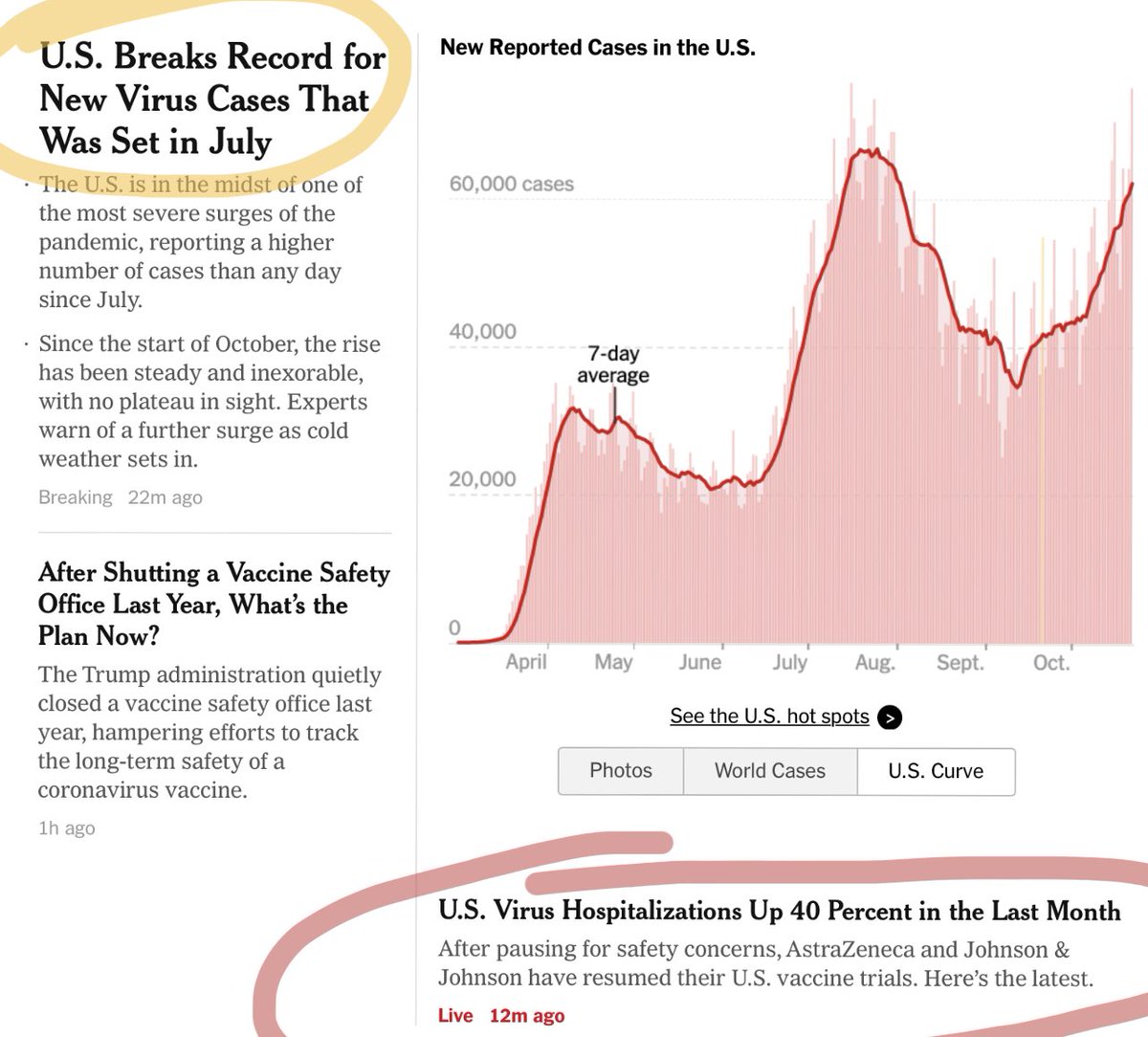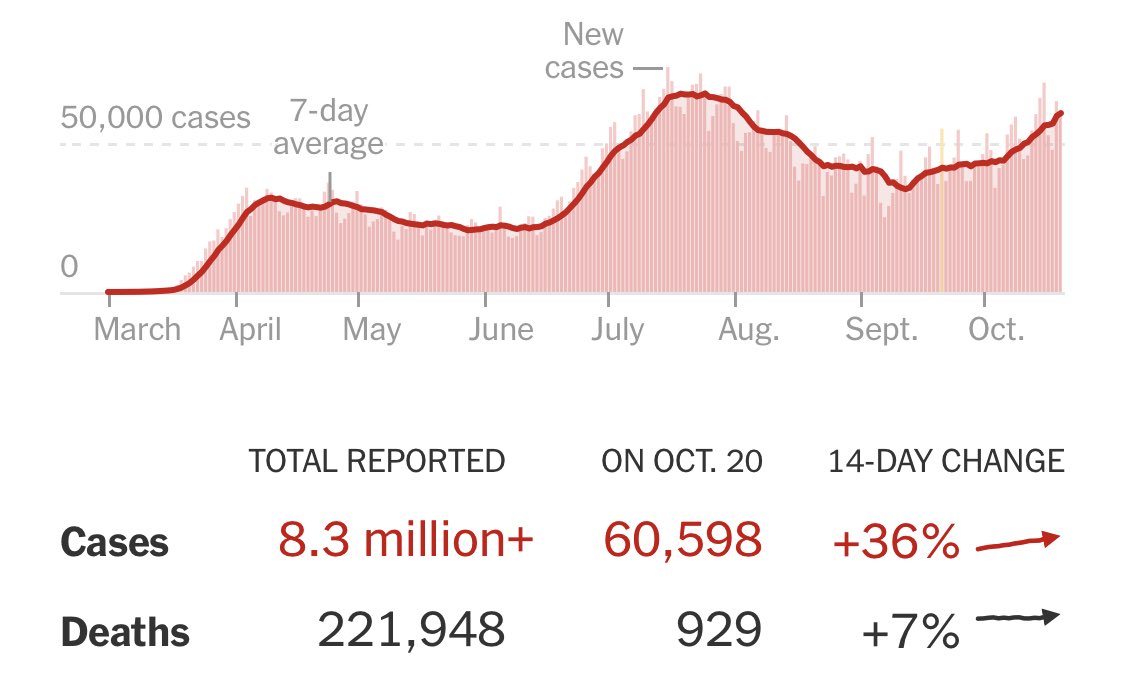
New paper showing strong agreement between nasal (ie self collection) and nasopharyngeal swab on rapid test. This is an important finding since, in US, rapid tests currently authorized for nasopharyngeal swabs and thus need healthcare collections
1/ medrxiv.org/content/10.110…
1/ medrxiv.org/content/10.110…
These types of studies are needed to identify how well rapid antigen tests may work with self collected swab - essential for wide distribution and public health screening use of these tests to help curb outbreaks.
Other notable items from this paper:
2/
Other notable items from this paper:
2/
One is that the rapid antigen tests in this paper (SD Biosensor) performed very well up to a Ct of about 30. This is what we have expected for these tests and is likely at this rate to capture most infections with viable virus. Great for a public health screening test
3/
3/
Another is the rapid test specificity was very good. 99.2% and 99.6% for the two swab types (likely just noise in the data driving difference). We are starting to see more rapid tests with higher specificities - great news. Particularly when paired together for confirmation
4/
4/
Finally an interesting piece was that the antigen test did miss a case w a slightly higher RNA concentration. But the interesting piece is that the person was at 10 days since symptom onset.
5/
5/
This matches data we’ve seen that shows that some people will retain even higher amounts of viral RNA despite being culture negative and no evidence of live virus. Not surprising. Think of it like a lot of DNA being left at a crime scene vs what is normally a small amount.
6/
6/
So, all in all this paper agrees with what we have expected and with other data. And the most important is the concordance between the two swab types. A crucial piece of information towards home based self testing for public health screening.
7/7
7/7
This study also shows similar findings for SD Biosensor - very good sensitivity up to about a Ct of 30. They say 100% up to a Ct of 25 but if you dig into the supplementary data it does well up to 30. Misses two at 27 but catches others at 27-30+
medrxiv.org/content/10.110…
medrxiv.org/content/10.110…
• • •
Missing some Tweet in this thread? You can try to
force a refresh





